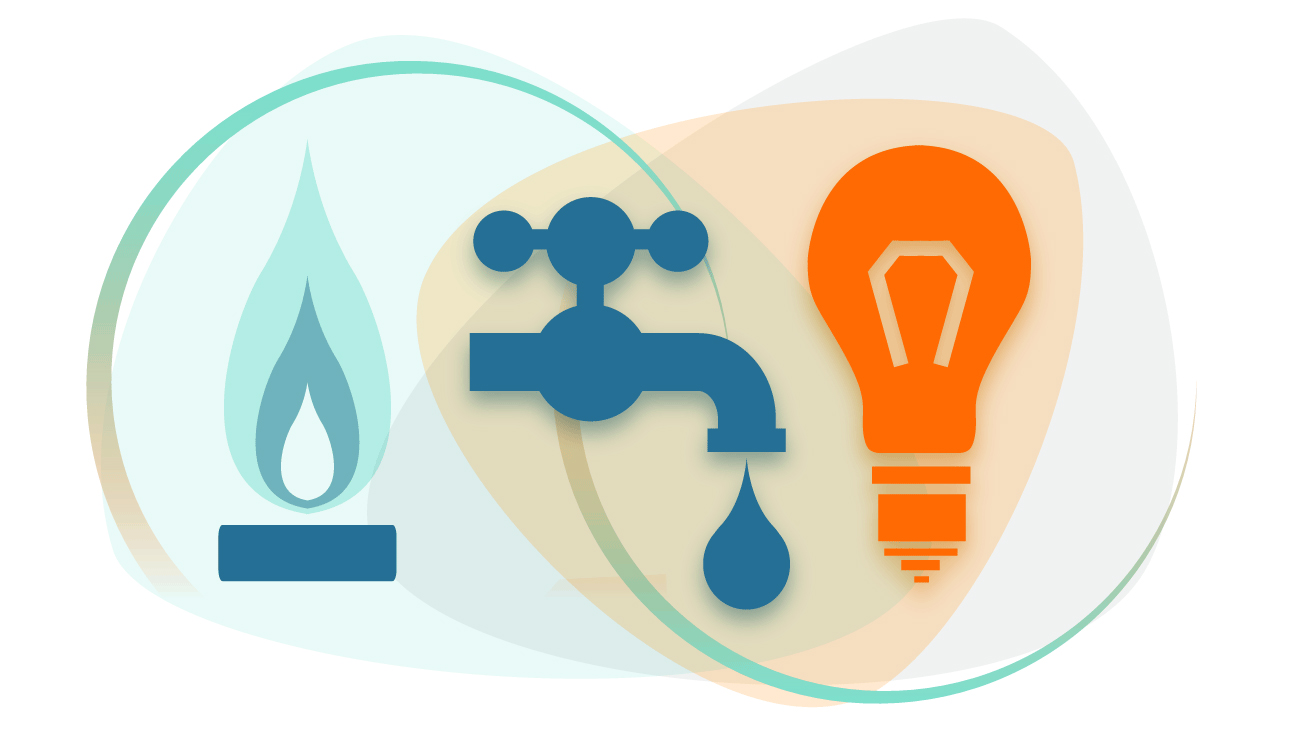Off Grid Living Friendly States Your Guide
Off Grid Living Friendly States: Imagine a life unbound by the constraints of city living, a life where self-sufficiency reigns and nature’s rhythm dictates your days. This isn’t a fantasy; it’s a growing reality for many seeking a simpler, more sustainable existence. This guide unveils the secrets to finding the perfect haven for your off-grid dreams, exploring the legal landscapes, land availability, climatic considerations, community support, and safety aspects crucial to making this transition a success.
Discover the states where your vision can truly take root and flourish.
We delve deep into the specifics, comparing state regulations, land costs, and resource availability across various locations. Learn about the unique challenges and rewards of off-grid living, from securing the perfect plot of land to navigating potential safety concerns. We’ll equip you with the knowledge to make informed decisions, empowering you to embark on this exciting adventure with confidence and clarity.
Land Availability and Cost: Off Grid Living Friendly States
Embarking on the off-grid journey requires careful consideration of land acquisition. Securing a suitable plot at a reasonable price is paramount to the success of your self-sufficient lifestyle. Factors like location, size, and land type significantly influence both availability and cost. Understanding these factors is crucial before making any significant financial commitments.Land prices, and consequently affordability, vary dramatically across the United States, largely influenced by population density and proximity to urban centers.
States with less dense populations generally offer more affordable land options compared to their more populated counterparts. However, remoteness can introduce its own set of challenges, impacting accessibility to services and supplies. A thorough evaluation of these trade-offs is essential for prospective off-grid homesteaders.
Land Prices Per Acre in Three States
This comparison highlights the significant price differences for land suitable for off-grid living across states with varying population densities. These figures are approximate and can fluctuate based on specific location, features, and market conditions. Always conduct thorough local market research before making a purchase.
| State | Population Density (people per sq mi) | Approximate Land Price per Acre (USD) |
|---|---|---|
| Montana | 7 | $5,000 – $20,000 |
| Texas | 112 | $10,000 – $50,000 |
| California | 257 | $50,000 – $200,000+ |
Types of Land for Off-Grid Living
Several land types lend themselves well to off-grid living, each with unique advantages and disadvantages. The ideal choice depends heavily on your specific needs, skills, and preferences.
Consider these common land types:
- Wooded Land: Offers privacy, natural resources (timber, potential for foraging), and aesthetic appeal. However, clearing land for building and maintaining can be labor-intensive and costly. Access to sunlight for solar panels may also be limited.
- Open Land/Pasture: Provides ample space for gardening, livestock, and solar panel placement. However, it may offer less privacy and be more susceptible to weather extremes. Soil quality needs to be assessed for agricultural suitability.
- Mountainous Land: Offers stunning views and potential for water sources. However, accessibility, terrain challenges for construction, and harsh weather conditions pose significant obstacles.
Hypothetical Budget for Off-Grid Setup in Montana, Off grid living friendly states
This budget example illustrates the potential costs associated with purchasing land and establishing basic off-grid infrastructure in Montana. Prices are estimates and may vary considerably based on specific circumstances.
| Item | Estimated Cost (USD) |
|---|---|
| 5-acre Land Purchase | $25,000 |
| Well Drilling and Pump Installation | $10,000 |
| Solar Panel System (5kW) | $15,000 |
| Basic Cabin Construction (1,000 sq ft) | $50,000 |
| Septic System Installation | $5,000 |
| Total Estimated Cost | $105,000 |
Note: This budget is a simplified example and does not include all potential expenses. Contingency funds should be factored in to account for unforeseen costs and delays. Detailed planning and research are crucial for accurate budgeting.
Community and Infrastructure

Embarking on an off-grid journey necessitates careful consideration of community and infrastructure. While the allure of self-sufficiency is strong, access to support networks and essential services significantly impacts the feasibility and quality of life in this lifestyle. Understanding the landscape of off-grid communities and the availability of infrastructure across different states is crucial for prospective homesteaders.Off-grid communities, while varying significantly in size and structure, represent a powerful support system for those choosing this lifestyle.
These communities often foster a sense of shared experience, offering opportunities for skill-sharing, resource exchange, and mutual assistance in times of need. The strength of these networks directly influences the overall success and enjoyment of off-grid living.
Off-Grid Community Networks Across States
The prevalence and character of off-grid communities vary considerably depending on the state. States with established homesteading traditions, abundant land, and a supportive regulatory environment often exhibit more robust and active communities. For instance, states like Montana and Vermont, known for their rural landscapes and strong environmental consciousness, boast established networks of off-grid enthusiasts who actively share knowledge and resources.
Conversely, states with stricter land-use regulations or less rural acreage may have smaller, less organized communities. The level of engagement within these communities is also a key factor; some are highly organized with regular meetings and collaborative projects, while others function more informally through online forums and occasional gatherings.
Essential Services in Rural Areas: A State-by-State Comparison
Access to healthcare, internet, and other essential services presents a significant challenge for off-grid residents. A comparison of three states—Montana, Vermont, and Texas—highlights these disparities.Montana, with its vast expanse of rural land, often presents challenges in accessing timely healthcare. While some rural areas have well-equipped clinics, long distances and limited ambulance services can create delays. Internet access in remote areas of Montana can also be spotty, relying heavily on satellite connections which can be expensive and unreliable.Vermont, known for its strong commitment to rural communities, generally provides better access to healthcare than Montana, with a network of rural health clinics and hospitals.
Internet access, while still a challenge in the most remote areas, is generally more readily available than in Montana due to investment in broadband infrastructure.Texas, with its diverse geography, presents a mixed picture. While some rural areas have robust healthcare infrastructure, others are significantly underserved. Internet access in rural Texas varies greatly, with some areas having excellent connectivity while others struggle with limited options.
Transportation Challenges in States with Limited Road Infrastructure
Off-grid living often necessitates navigating challenging terrain and limited road infrastructure. Two states that exemplify these challenges are Alaska and Maine.In Alaska, the vast distances and often impassable roads during winter necessitate reliance on alternative transportation methods, such as snowmobiles, ATVs, and boats. This presents logistical hurdles for accessing supplies, healthcare, and other essential services. The remoteness of many Alaskan communities also means that emergency response times can be significantly extended.Maine, with its extensive network of unpaved roads and challenging terrain, presents similar transportation challenges.
During winter months, snow and ice can render many roads impassable, isolating off-grid residents and making access to essential services difficult. The reliance on four-wheel-drive vehicles and specialized equipment is essential for navigating these conditions.
Embarking on an off-grid journey is a deeply personal decision, a testament to a desire for independence and a connection with the natural world. This exploration of off-grid living friendly states has aimed to provide you with a comprehensive toolkit for navigating this path. By understanding the legal frameworks, land options, environmental factors, community dynamics, and safety considerations, you can confidently select the ideal location to build your sustainable haven.
Remember, meticulous planning and preparation are key to a successful and fulfilling off-grid life. Let your adventure begin!
Explore the different advantages of martin johnson off grid living that can change the way you view this issue.

:max_bytes(150000):strip_icc()/9StatesWithoutAnIncomeTax-8930504a78a94618b205ffd70dc03928.png)




